I'm implementing a credit card payment component in an Angular 4 application which uses the Paypal Payflow API to process credit card payments. I've already created testing and production accounts in Paypal Manager (those credentials have to be send in the request to the Payflow API).
According to the Payflow documentation, this is a very basic example that shows how to post a request to the Payflow API:
curl https://pilot-payflowpro.paypal.com \
-s \
--insecure \
-d PARTNER=PayPal \
-d PWD=MyPassword \
-d VENDOR=MyMerchantID \
-d USER=MyMerchantID \
-d TENDER=C \
-d ACCT=5105105105105100 \
-d TRXTYPE=S \
-d EXPDATE=1221 \
-d AMT=1.00
Since I'm developing an Angular application, I'm using the HttpClient library to make post requests to the Payflow API.
In order to post test transactions I use Postman. On Postman, I execute a POST request to https://pilot-payflowpro.paypal.com and send something like the string below in the request body:
USER=MyUser&PARTNER=PayPal&VENDOR=MyVendor&PWD=MyPassword&ACCT=4012888888881881&EXPDATE=102020&TENDER=C&TRXTYPE=A&AMT=100&VERBOSITY=HIGH
Once I execute that request in Postman, It works just fine and the server returns the expected string response, which is a string like the one below:
RESULT=0&SECURETOKEN=7mHAFU7JlLEGhzUHy7VD4rQL2&SECURETOKENID=123456789123456789123456789123456781&RESPMSG=Approved
Now, I implemented an Angular 4 application, which uses the HttpClient Angular Library to execute post transactions; the request looks like the code below:
private requestPayflowPaymentToPayflowGatewayApi( requestString: string ): Observable<string> {
const headers: Headers =
new Headers( { 'Content-Type': 'text/plain'});
const serverUrl = 'https://pilot-payflowpro.paypal.com';
const body = 'USER=gtcdevelopment&PARTNER=PayPal&VENDOR=gtcdevelopment&PWD=k4l1m4nt4n&ACCT=5105105105105100&EXPDATE=102020&TENDER=C&TRXTYPE=A&AMT=100&VERBOSITY=HIGH&';
return this.oldHttp.post(serverUrl, body, {headers: headers, responseType: ResponseContentType.Text }).catch( ( error ) => {
console.log('error in requestPayflowPaymentToPayflowGatewayApi');
console.error(error);
return Observable.throw(error);
} );
}
It's just a basic post request, but it doesn't work when I execute the application in the browser; I get the error below in the console log:
The error is caught in the .catch() portion of the observable code (post() method).
{
"_body":{
"isTrusted":true
},
"status":0,
"ok":false,
"statusText":"",
"headers":{
},
"type":3,
"url":null
}
Here are some captures of my console log:
Now, there is something really strange about it; When I disable web security in Google Chrome, which I do by opening Google Chrome running the command below in Windows, the application works just fine, executes the request to the server and it returns the expected response.
chrome.exe --user-data-dir="C:/Chrome dev session" --disable-web-security
I have the same issue when I post request using production data (a production Paypal Manager Account pointing to https://payflowpro.paypal.com)
Have anybody had this issue? What do you think that could be the problem here?

